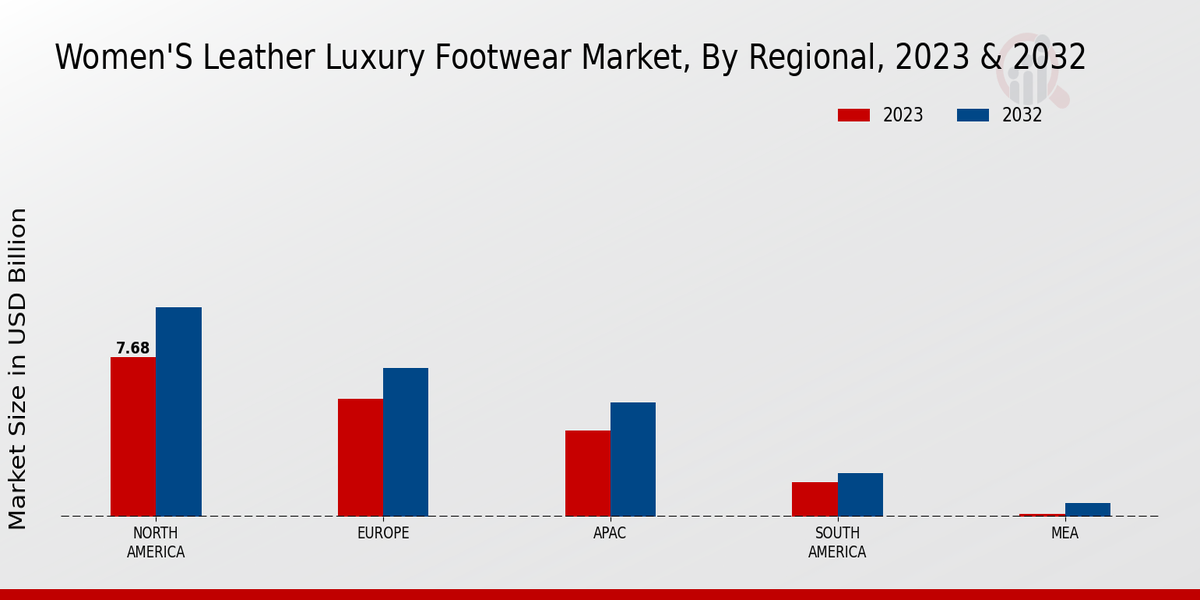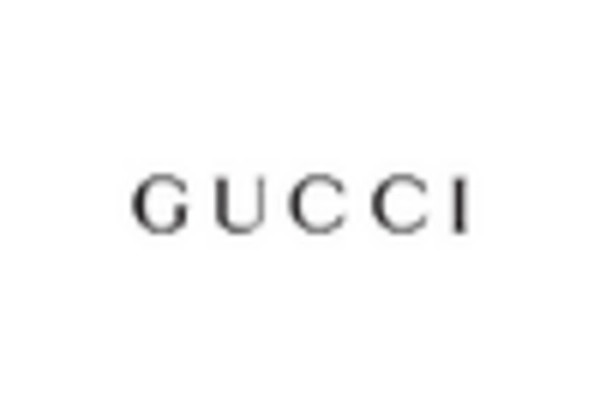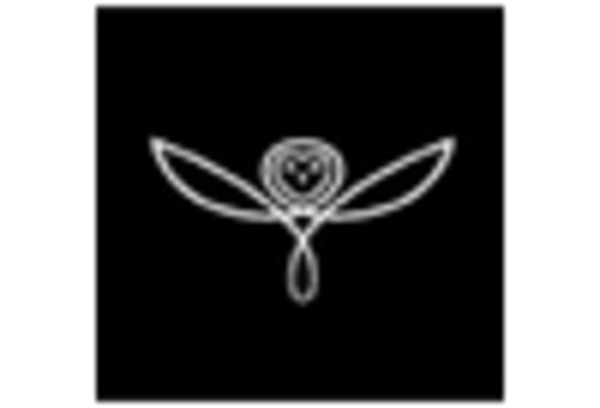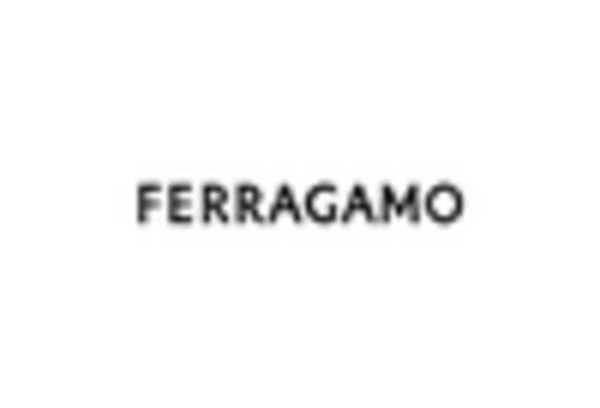Rising Disposable Income
The increasing disposable income among consumers appears to be a pivotal driver for the Women's Leather Luxury Footwear Market. As individuals experience enhanced financial freedom, they are more inclined to invest in high-quality, luxury footwear. This trend is particularly evident in emerging markets, where a burgeoning middle class is seeking premium products. Reports indicate that the luxury footwear segment has witnessed a growth rate of approximately 5% annually, suggesting a robust demand for women's leather luxury footwear. Furthermore, the willingness to spend on luxury items is often associated with lifestyle aspirations, which further propels the market forward. As consumers prioritize quality and craftsmanship, the Women's Leather Luxury Footwear Market is likely to benefit from this upward trend in disposable income.
Influence of Fashion Trends
Fashion trends play a crucial role in shaping consumer preferences within the Women's Leather Luxury Footwear Market. The cyclical nature of fashion, characterized by seasonal collections and designer collaborations, drives demand for luxury footwear. Notably, the rise of social media influencers and fashion bloggers has amplified the visibility of luxury brands, leading to increased consumer interest. Data suggests that the luxury footwear market has expanded by approximately 6% in recent years, largely due to the influence of fashion trends. As styles evolve, consumers are more likely to seek out unique and stylish leather footwear that aligns with current trends. This dynamic interplay between fashion and consumer behavior indicates that the Women's Leather Luxury Footwear Market will continue to thrive as long as it adapts to the ever-changing landscape of fashion.
Expansion of E-commerce Platforms
The expansion of e-commerce platforms has revolutionized the shopping experience for consumers in the Women's Leather Luxury Footwear Market. With the convenience of online shopping, consumers can easily access a wide range of luxury footwear options from the comfort of their homes. Data indicates that online sales in the luxury footwear segment have increased by approximately 20% over the past year, highlighting a significant shift in consumer purchasing behavior. This trend is further supported by advancements in technology, such as virtual fitting rooms and augmented reality, which enhance the online shopping experience. As e-commerce continues to grow, the Women's Leather Luxury Footwear Market is poised to benefit from increased accessibility and a broader customer base, potentially leading to higher sales and brand loyalty.
Sustainability and Ethical Production
Sustainability and ethical production practices are becoming increasingly important to consumers in the Women's Leather Luxury Footwear Market. As awareness of environmental issues rises, consumers are more inclined to support brands that prioritize sustainable sourcing and production methods. Reports suggest that approximately 60% of consumers consider sustainability when making purchasing decisions, indicating a significant shift in consumer values. Brands that adopt eco-friendly practices, such as using vegetable-tanned leather or reducing carbon footprints, are likely to resonate with this conscientious consumer base. This growing emphasis on sustainability may drive innovation within the Women's Leather Luxury Footwear Market, as companies strive to meet the demands of environmentally aware consumers. Consequently, the market may witness a transformation as brands align their offerings with the principles of sustainability.
Growing Awareness of Quality and Craftsmanship
There is a discernible shift towards valuing quality and craftsmanship in the Women's Leather Luxury Footwear Market. Consumers are increasingly discerning, seeking products that not only offer aesthetic appeal but also durability and comfort. This trend is particularly pronounced among millennials and Gen Z, who prioritize sustainable and ethically produced goods. Reports indicate that approximately 70% of consumers are willing to pay a premium for high-quality leather footwear, reflecting a growing appreciation for artisanal craftsmanship. As brands emphasize their commitment to quality, the Women's Leather Luxury Footwear Market is likely to see a surge in demand for products that embody these values. This focus on quality over quantity may redefine purchasing behaviors, steering consumers towards luxury footwear that promises longevity and style.


















Leave a Comment